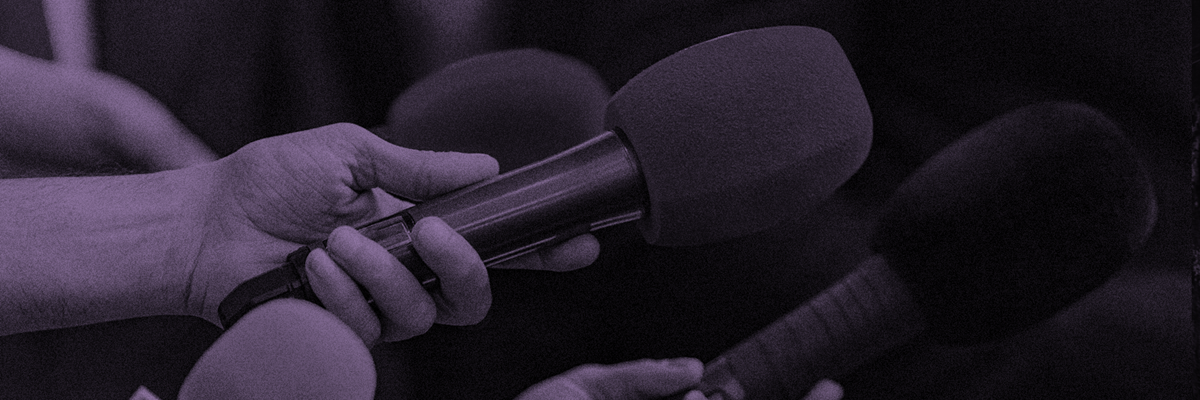A new report published by Electrical Safety First shows that the majority of counterfeit or lookalike Apple chargers available in the UK have potential to deliver lethal electric shock and fire
In the largest study of its kind in the UK; Electrical Safety First, with the support of Apple, conducted a series of safety tests on counterfeit and lookalike iPhone chargers, including 50 purchased in the UK. The findings, published in a new report, reveal that almost all (98%) of these chargers had the potential to deliver lethal electric shock and/or cause a fire.
The chargers were sourced from a variety of online marketplaces and independant discount stores and stalls across the UK. Of those tested, all but one failed one or more of the tests and more than one in three chargers failed every part of the test.
After subjecting the chargers to a number of mechanical and safety tests:
- Almost half (23) failed an electric strength test; meaning that there is a severe risk of electric shock when using these chargers.
- Internal examination showed almost half failed basic safety requirements; these chargers contained sub-standard internal components or inadequate spacing, also presenting to a serious risk of electrocution or fire for consumers.
- Overall, two in three (68%) of the chargers tested carried a severerisk of electric shock due to lack of insulation and poor quality internal components.
- 15 chargers that passed the electrical tests failed the plug pin strength test, demonstrating a danger of breaking off inside a mains socket resulting in a risk of electric shock to anyone touching it, on account of an exposed live pin.
These results show that in the overwhelming majority of cases, counterfeit or lookalike chargers could overheat, catch fire and deliver a potentially lethal electric shock to any one at any point during their use. The findings match those of similar studies. Last September, US consumer product safety organisation, Underwriters Laboratory (UL), conducted a study of 400 counterfeit and lookalike 5W Apple chargers sourced in the USA and found a 99% failure rate. Electrical Safety First also tested 14 EU chargers as part of this research. All 14 failed all of the safety tests in every respect.
A common thread between the 50 chargers was that they all had incorrect or fraudulent safety markings. In a few cases, attempts to copy markings from genuine iPhone chargers resulted in errors, such as simple spelling mistakes.
Martyn Allen, Technical Director at Electrical Safety First and author of the research, reflected on the findings:
“It is extremely concerning that 49 out of 50 UK chargers we tested failed basic safety checks. This report shows that anyone purchasing an iPhone charger from an online marketplace or at an independent discount store is taking a serious risk with their safety. The vast majority of chargers we tested had the potential to deliver a lethal electrical shock or cause a fire. We’re urging people to take care when buying a charger and recommend buying directly from trusted retailers only. When you buy a fake, at best you could damage your phone but at worst you could be putting your life, your family and your home at risk.”
Further research by Electrical Safety First shows that 85% of consumers have shopped for electrical items online, where it is often impossible to spot a fake. Electrical Safety First is calling on online marketplaces and social media companies to strengthen their efforts in preventing the sale of fake or dangerous electrical goods and has written to Amazon UK, eBay UK, Gumtree and Facebook to highlight the problem of sellers advertising dangerous fakes on these websites.
Katie Vines from Bristol, was given a scare a few years ago when she purchased an iPhone charger on Amazon Marketplace. Katie purchased a £5 iPhone charger while she was on maternity leave. Her daughter was a few months old at the time:
“When it arrived it looked completely normal and I plugged it in the socket in my bedroom that evening. My boyfriend was changing the baby's nappy and I went into the bathroom, all of a sudden I heard a bang. I ran into my bedroom and found that the iPhone charger had exploded in the wall a few feet away from my daughter. I was stunned and I immediately contacted the seller who assured me that this was a faulty plug. They asked me to return it and they would send a replacement. I naively believed the seller to be genuine as they had good ratings and accepted their offer.
“The second charger arrived, this time it was plugged in downstairs and exactly the same thing happened.. Needless to say I won't be taking risks by buying a cheap charger again.”
For advice and tips on spotting a fake charger, visit www.electricalsafetyfirst.org.uk/fakechargers or search #SpotTheFake on social media.
Full report is available for download here
ENDS
For more information please contact:
Sophia Alipour M: 07866702069 E : sophia.alipour@electricalsafetyfirst.org.uk
Notes to Editors:
- Electrical Safety First is the UK charity dedicated to reducing deaths and injuries caused by electrical accidents. We campaign to improve safety regulation and messages, and provide expert information and advice to the public and professionals to help ensure everyone in the UK can use electricity safely. Visit www.electricalsafetyfirst.org.uk for more information
- Apple provided 64 chargers for examination and testing, obtained from a variety of sources, including from a number of different online and brick-and-mortar resellers in the UK and mainland Europe. The chargers were subject to a bespoke test program incorporating a variety of different tests designed to most readily identify any potential safety issues. The test criteria were developed with reference to applicable product safety standards and the Electrical Equipment (Safety) Regulations 1994.
- All consumer research, unless otherwise stated, was conducted from 24-25 May 2017 by Populus on behalf of Electrical Safety First with a sample of 2086 adults.
